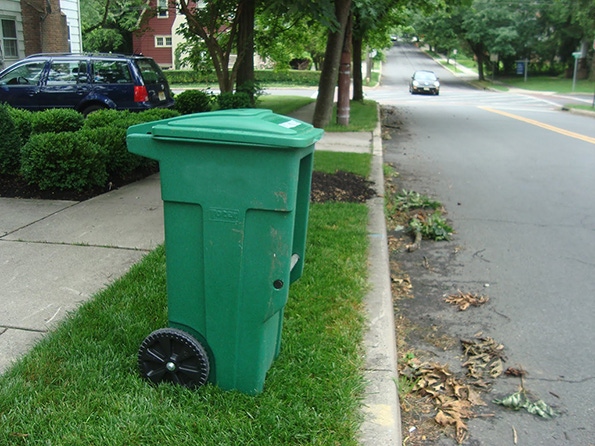More than 5 million U.S. households have access to government-supported curbside collection, while 6.7 million households have access to drop-off sites.

BioCycle and the Institute for Local Self-Reliance (ILSR) released the 2017 BioCycle Residential Food Waste Collection Access Study, which tracks local governments in the U.S. that offer source-separated collection of household food waste. A survey conducted by ILSR on behalf of BioCycle from June to November 2017 identified 148 curbside collection programs serving 326 communities, and 67 food waste drop-off programs servicing 318 communities.
More than 5 million U.S. households have access to government-supported curbside collection, while 6.7 million households have access to drop-off sites for source-separated food waste. Drop-off sites range from seasonal farmers markets open 1 day a week to staffed multi-material recycling depots open seven days a week. The 2017 BioCycle Residential Food Waste Collection Access Study only includes programs that are actively offered or supported by local government. The survey did not include the number of households served by private haulers offering subscription service independent of local government involvement. Many private operators, including bike powered enterprises, offer residential services, providing another means of access in numerous communities.
“The number of U.S. curbside collection programs for household food waste increased by 87 percent since BioCycle conducted the same survey in 2014,” BioCycle Editor Nora Goldstein said in a statement. “The number of households with access to collection almost doubled over that same time period—a further validation that many communities are looking at capturing the resources from our waste stream.”
“Collection of food scraps needs to be as convenient as trash collection, which for most communities means collection at curbside once a week in a specially provided bin,” Brenda Platt, head of ILSR’s Composting for Community Initiative and director of the 2017 survey, said in a statement. “Food waste recovery is critical not only to cut waste flowing to dumps and incinerators but also to save the climate.”
More than 30 million tons of food scraps are disposed each year and landfills are a top source of methane, a highly potent greenhouse gas.
Data highlights from the survey include:
All collection programs accept fruit and vegetable scraps and over 90 percent of programs accept meat, fish and dairy. The majority take paper bags and uncoated food-soiled paper.
California leads the nation with the most households with access to curbside collection (1.74 million), followed by Washington State (980,000), New York (790,000) and Texas (400,000) -- see map here.
California also leads the nation with the number of communities that offer curbside collection of food waste (97), followed by Washington (69), Minnesota (52) and Illinois and Vermont (24).
There are curbside food waste collection programs in 20 states, and drop-off programs in 15 states.
Programs exist in urban, rural, and suburban communities. There is no one model as programs vary widely. Some require participation, while others are opt-in. All curbside programs provide a bin to facilitate participation.
Food waste source separated by households for recycling primarily goes to composting facilities, although a handful of programs in the U.S. utilize anaerobic digestion facilities.
About the Author(s)
You May Also Like


